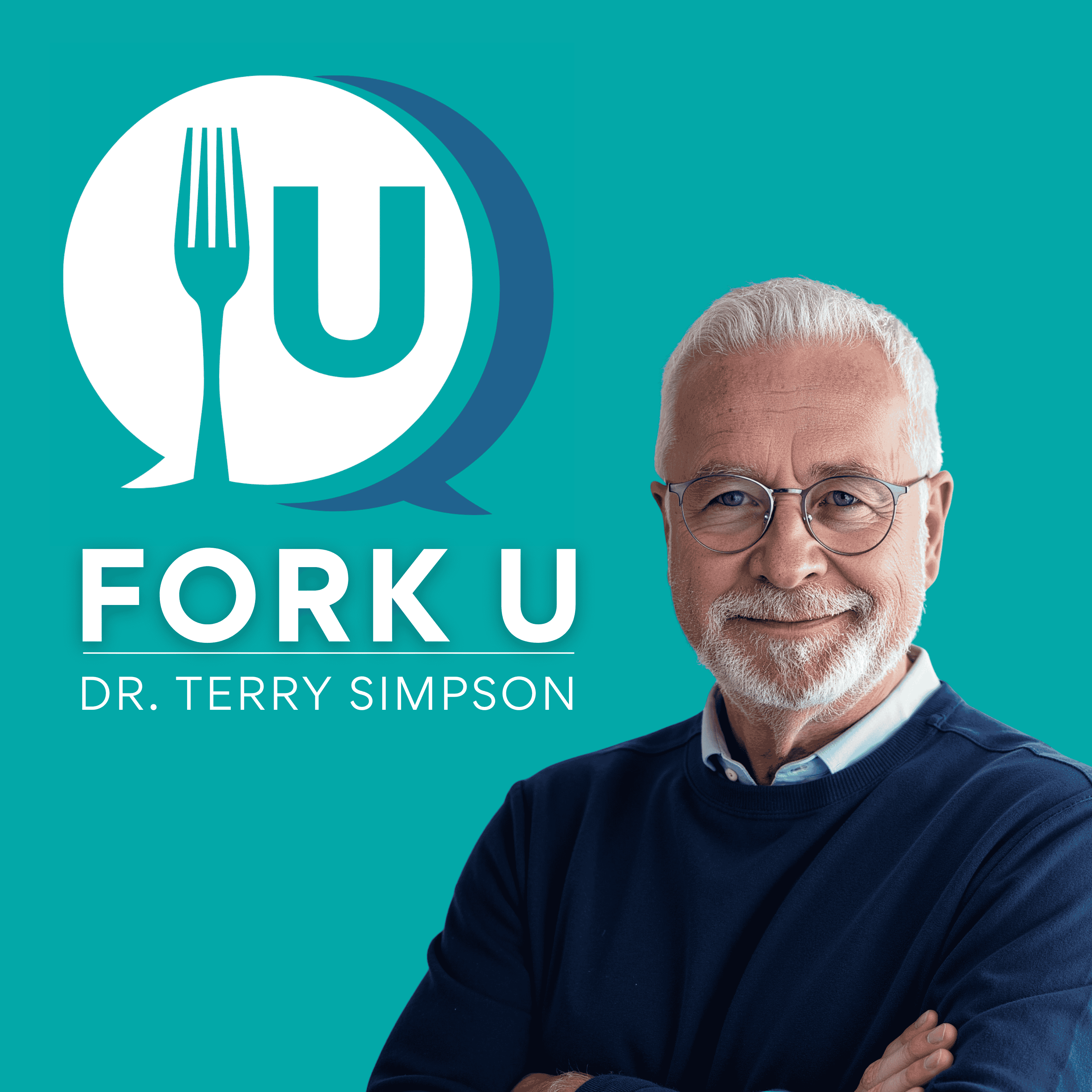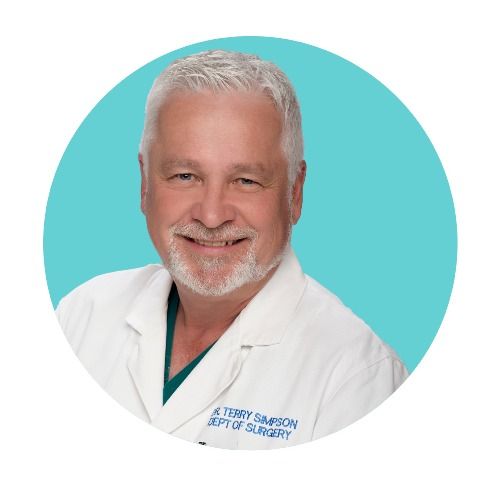Episode 28
The First Vitamin
The term vitamin was coined by the chemist Casimir Funk as he revealed the Thiamine structure to the world. So while you may think – isn’t vitamin A (it is the alphabet) the first vitamin – we take our poetic license here to point out that the first compound to be called a vitamin was Thiamine, now known as vitamin B1. But the story of that vitamin was made possible by two individuals – but the most noteworthy was Takaki Kanehiro.
Our podcast today discusses the education of Kanehiro and how that influenced his view. But let’s work backward a bit.
Vitamin B1 and Beriberi
Beriberi is caused by a lack of vitamin B1 (thiamin) in the diet. This vitamin is essential in the biochemical process of utilizing fats, carbohydrates, and proteins for energy. The nerves are particularly affected because of their metabolic pathways – hence, a wide range of symptoms from difficulty with walking (motor function) then sensory function of the legs, and finally, it affects the conduction in the heart, which leads to death.
White Rice and Beriberi
White polished rice was the fad food not only in the cities of Japan but also in China. To polish the rice, the husk and germ are removed, but this is also where the vitamins are. When people eat just one food item, they are likely to develop a deficiency disease, and this was the case with sailors and white polished rice.
The officers would not only eat rice but were given a variety of foods and thus avoided beriberi. But the crew typically only ate white rice.
Beriberi in Mid-1800’s Japan
In Japan in the mid-1800s, especially in the city, polished white rice was the calorie source of choice. White rice is easy to store, looks clean, is faster to cook, and eating it is less chewy. White rice was considered what the wealthy people ate – it was beautifully displayed, and unlike brown rice, did not go rancid. What they didn’t know was the processing of the rice led to stripping the rice of the vitamin-rich portion.
In the rural areas of Japan, there was little beriberi as they mostly ate brown rice (barley rice).
This led to a major problem in their Navy, where beriberi was endemic. White polished rice was the caloric source for the Navy, and often one third of the crew would develop beriberi and be unable to carry out their duties.
There were many thoughts as to the cause of beriberi, but none of them had panned out well.
Eastern Traditional Cures for Beriberi
On occasion, Eastern healers would recommend various teas and herbs. But, some would recommend barley rice. Some of these cures are retrospective, meaning once the traditional Japanese medical folks learned that barley rice was a cure for beriberi, they stated that they had prescribed it for years. Barley rice does have vitamin B1 (1 cup contains a day’s supply). But during the time, the cures from these village doctors were rare and not enough for the Japanese Navy, in spite of losing more people to beriberi than to war – would adopt. Also, note that barley rice is not as transportable as white polished rice and has a shorter shelf life. During this time, Japan was becoming westernized, and they were working on importing medical ideas from Germany, although they had a fair bit of influence from the British method.
Kanehiro’s training
When Kanehiro was being trained, his initial training was from the Eastern Medicine part of his province. This training was apprentice-like, and he heard someone say that “There are no good doctors in Sustama.” When William Wills opened a medical school in his province, he jumped at the chance – but Wills encouraged him to go to London for further training.
In order to do this, Kanehiro joined the Navy in 1872. He remained in the Japanese Navy for the rest of his life.
In 1875 Kanehiro went to London and began to study at St Thomas Hospital. To this day, St Thomas hospital sits across the Thames River from Westminster, Big Ben, and parliament.
Epidemiology – cholera to beriberi
Just a 30-minute walk from the St Thomas hospital is the Broad Street Pumping station, where 22 years before, John Snow had meticulously shown how cholera had been transmitted through the water. The theory of cholera was not widely accepted at the time, in spite of the guardians removing the pump handle in 1859 and the outbreak stopping. By the time Kanehiro arrived, the methodology of Snow and the field of epidemiology was the most heralded new science of the day.
Besides learning modern surgical methods of the day, Kanehiro also learned epidemiology and the scientific method.
Return to Japan and the Study of Diet as a cause of Beriberi
When Kanehiro returned to Japan, he dedicated himself to finding the cure for beriberi – the disease that killed more Japanese sailors than battle. Using the methods of epidemiology, he developed an experiment to prove that beriberi was secondary to the food they ate and not the other conditions of the ship.
For the rest of the story – please listen to the podcast – subscribe if you like it. Thank you.
Vandenbroucke JP. Adolphe Vorderman’s 1897 study of beriberi among prison inmates in the Dutch East Indies: an example of scrupulous efforts to avoid bias. JLL Bulletin: commentaries on the history of treatment evaluation, www.jameslindlibrary.org (2012, accessed 28 June 2013).
Takaki, K . On the cause and prevention of kak’ke. Trans Sei-I-Kwai 1885; 39(Suppl 4): 29–37.
Takaki, K . On the preservation of health amongst the personnel of the Japanese Navy and Army. Lecture II, delivered on May 9th. Lancet 1906; 1: 1451–1455.
Takaki, K . On the preservation of health amongst the personnel of the Japanese Navy and Army. Lecture III, delivered on May 11th. Lancet 1906; 1: 1520–1523.


